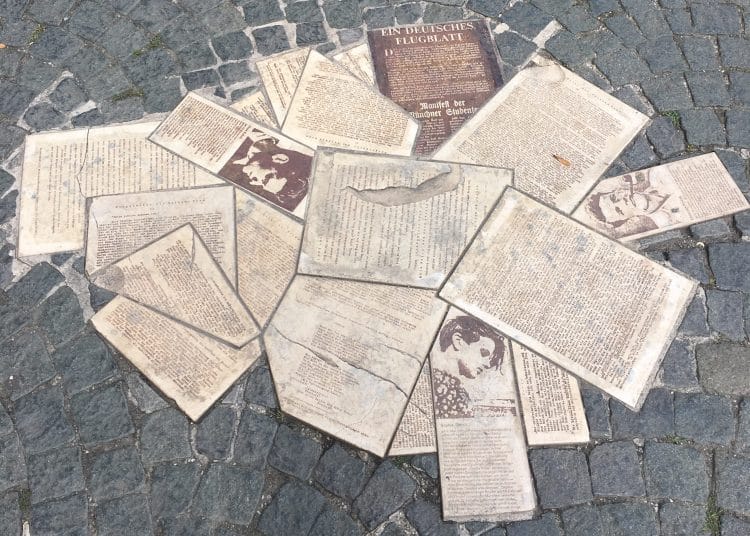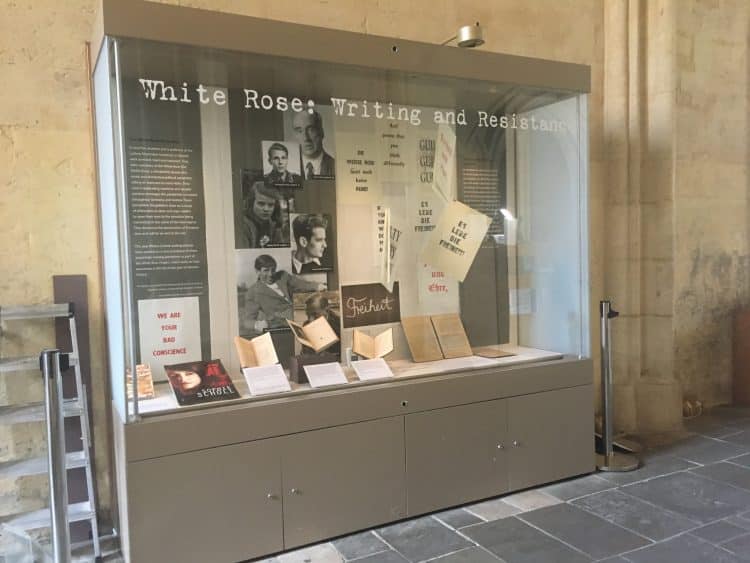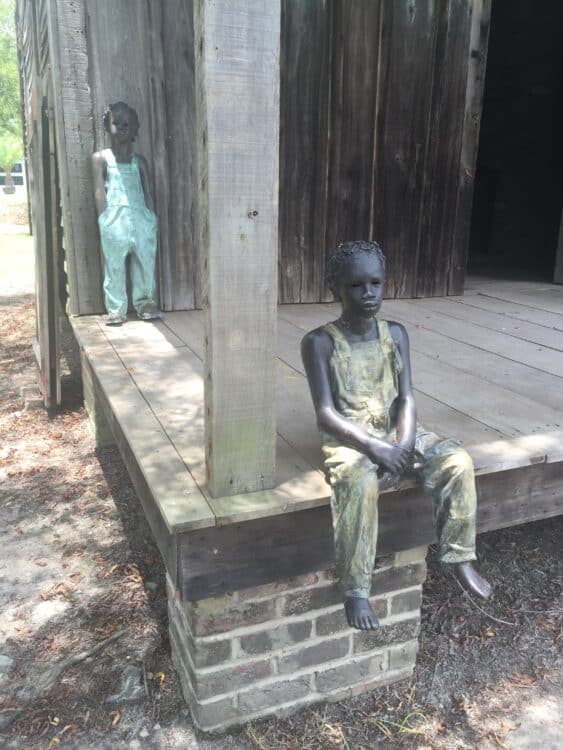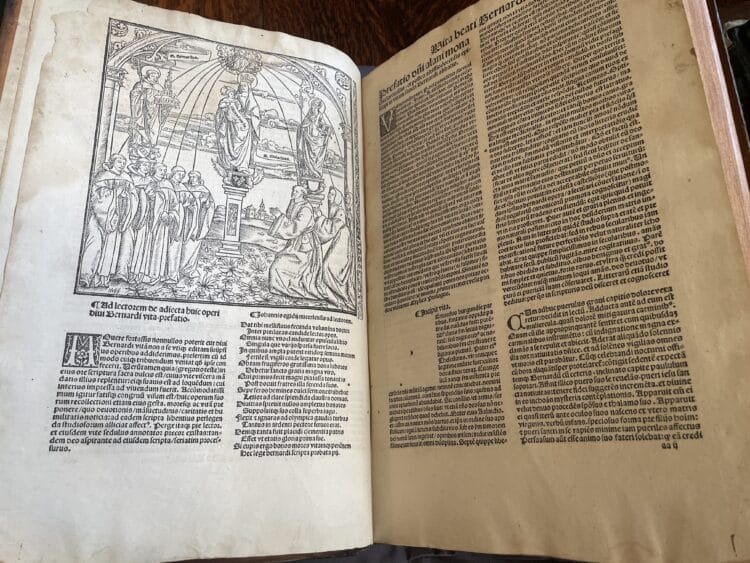‘Long live freedom!’ – Student Resistance against the Nazis
19 Jun 2019|Alex Lloyd
- Research

In 1943 five students and a professor at the University of Munich were arrested, interrogated, tried, and executed. They were members of The White Rose (Die Weiße Rose), a group that secretly wrote and distributed leaflets calling on the Germans to resist Hitler. The White Rose Project, launched in October 2018, is working to make this moving and inspiring story better known in the UK.
The White Rose resistance stretched far beyond Munich, but at its heart were six individuals: students Hans Scholl and Sophie Scholl (who were brother and sister), Christoph Probst, Alexander Schmorell, and Willi Graf, and Professor Kurt Huber. Despite wartime shortages and the obvious risks, they wrote, duplicated, and distributed Flugblätter (which we translate as ‘leaflets’ or ‘pamphlets’) throughout Germany and into Austria.
What had they written that meant they had to die? The leaflets urge readers to open their eyes to the atrocities being committed in the name of the regime. They draw on a range of philosophical ideas and influences and include quotations from German writers like Goethe and Schiller, the Chinese philosopher Laozi, and the Old Testament.
The six leaflets were designed to stir up the people, confronting them with truths which the group believed were being deliberately ignored, whether through fear or obstinacy. From the very beginning, their language is forceful, even shocking:
‘If every one of us waits for someone else to start, then the heralds of avenging Nemesis will draw ever closer until the last sacrificial victim is vainly thrown into the jaws of a demon that will never be sated.’

In the second leaflet, they explicitly denounce the persecution of European Jews:
‘since the conquest of Poland, three hundred thousand Jews have been murdered in that country in the most bestial manner. Here, we see the most horrific crime against human dignity, a crime unparalleled in all of human history.’
The pamphlets call on readers to engage in passive resistance, to bring down National Socialism and end the war. They advocate sabotage: of factories, National Socialist events, universities, cultural events, the arts, and the media. They even warn against giving to charity street collections, because this will only continue to benefit and support the state. The fourth pamphlet ends with an assurance that the White Rose is not in the pay of a foreign power, before boldly declaring:
‘We will not be silent. We are your bad conscience. The White Rose will never leave you in peace!’
The members of the White Rose were extraordinary in what they did, but they were also quite ordinary people. Their story is best told when the group members are allowed to speak for themselves, in their letters and diaries, and in the leaflets, and not when they are idealized or mythologized.
Questions are often asked about the extent to which the White Rose had an ‘impact’. Some have questioned how much concrete change they really achieved. As Annette Dumbach and Jud Newborn write in their book Sophie Scholl and the White Rose, ‘The impact of the White Rose cannot be measured in tyrants destroyed, regimes overthrown, justice restored. A scale with another dimension is needed, and then their significance is deeper; it goes even beyond the Third Reich, beyond Germany’. Their story gives us hope, and especially for those of us who work closely with young people, it provides a moving and inspiring example of how conscience and moral courage can challenge injustice.

The White Rose is a household name in Germany, but much less well known in the UK. This year I have been leading the White Rose Project, a research and outreach initiative telling the story of the White Rose in the UK. As part of the project, fifteen undergraduates from across the University have worked on a new translation of the White Rose’s resistance leaflets. The new translation was published earlier this month in The White Rose: Reading, Writing, Resistance (Oxford: Taylor Institution Library, 2019), which also includes new essays on the history and impact of the White Rose. The students and I also co-curated an exhibition at the Bodleian Library, ‘White Rose: Writing and Resistance’ which runs until 7 July 2019.
The White Rose Project is able to continue next academic year thanks to generous funding from the Oxford Research Centre in the Humanities. As a Knowledge Exchange Fellow, I will work closely with the Weiße Rose Stiftung (White Rose Foundation) in Munich. Do check our project website to find out more.
Read more on our blog
Category: Research
Author

Alex
Lloyd
Dr Alex Lloyd is a Fellow by Special Election and a Lecturer in German and teaches language, translation, literature, and film. Her main research interests lie in cultural memory, depictions of children and childhood, and the relationship between literature and visual culture.

